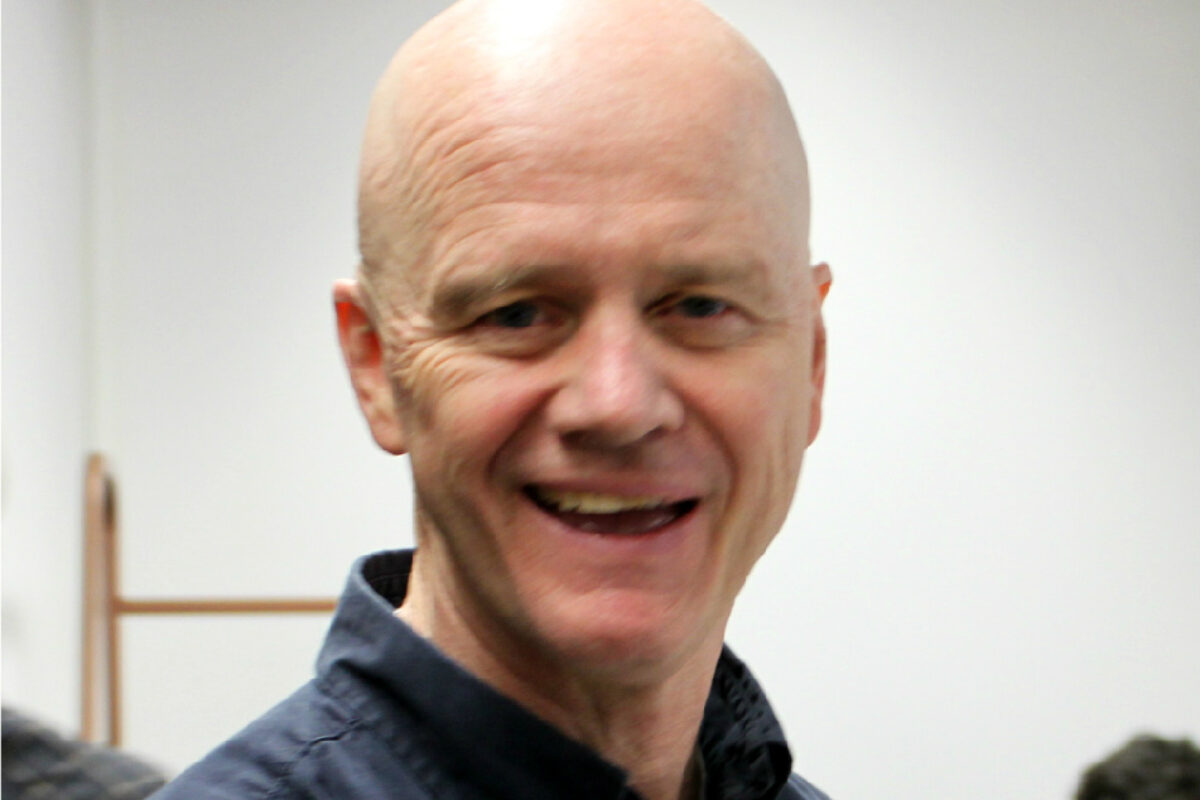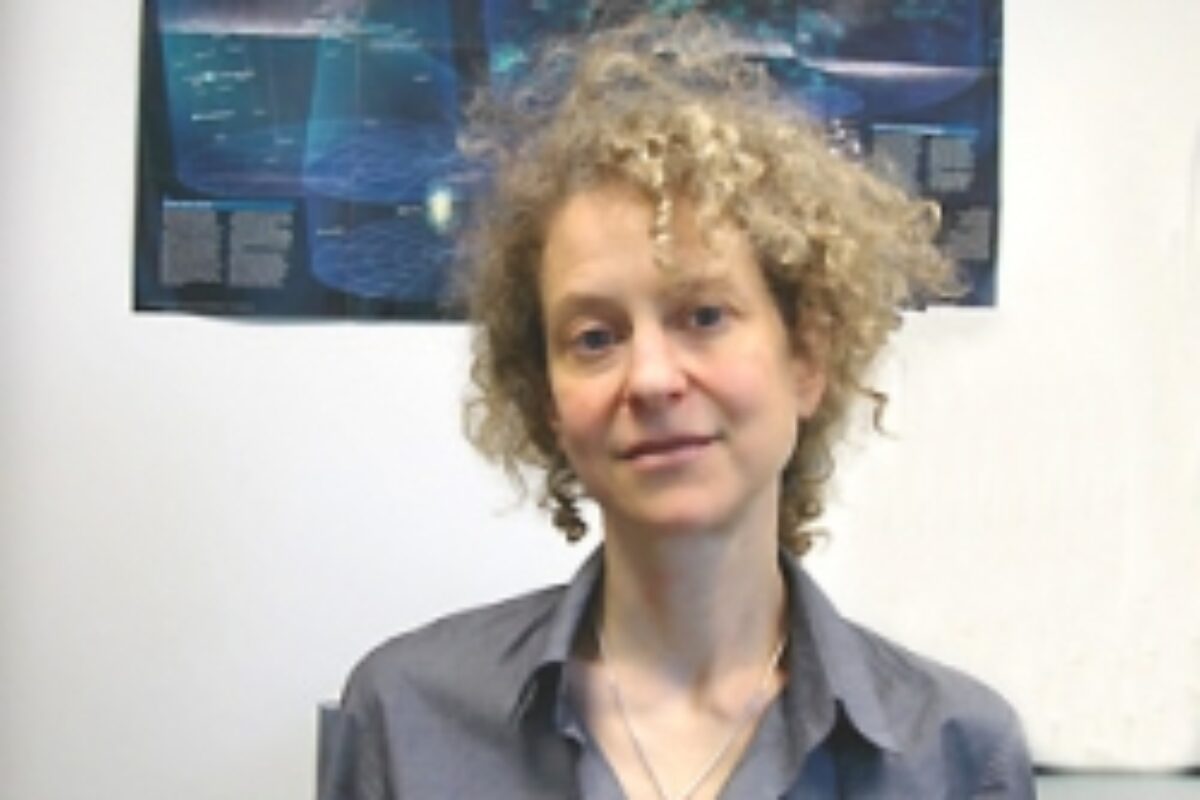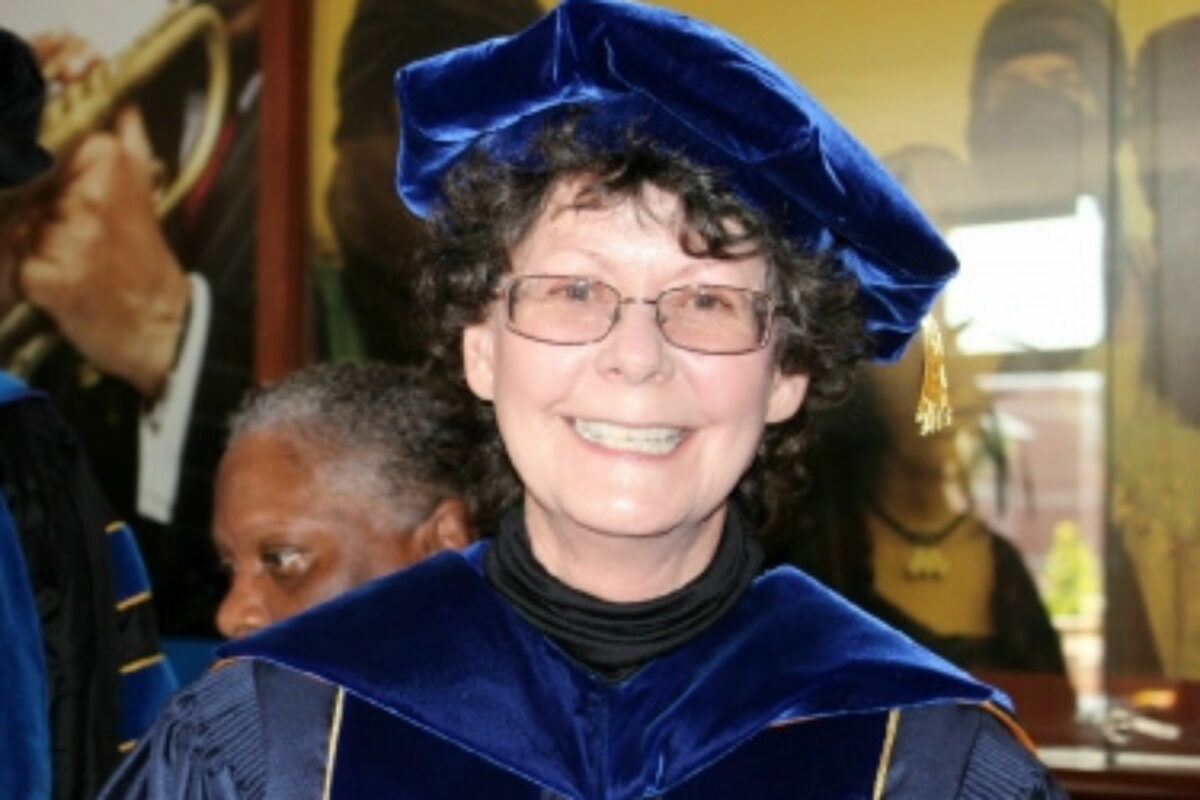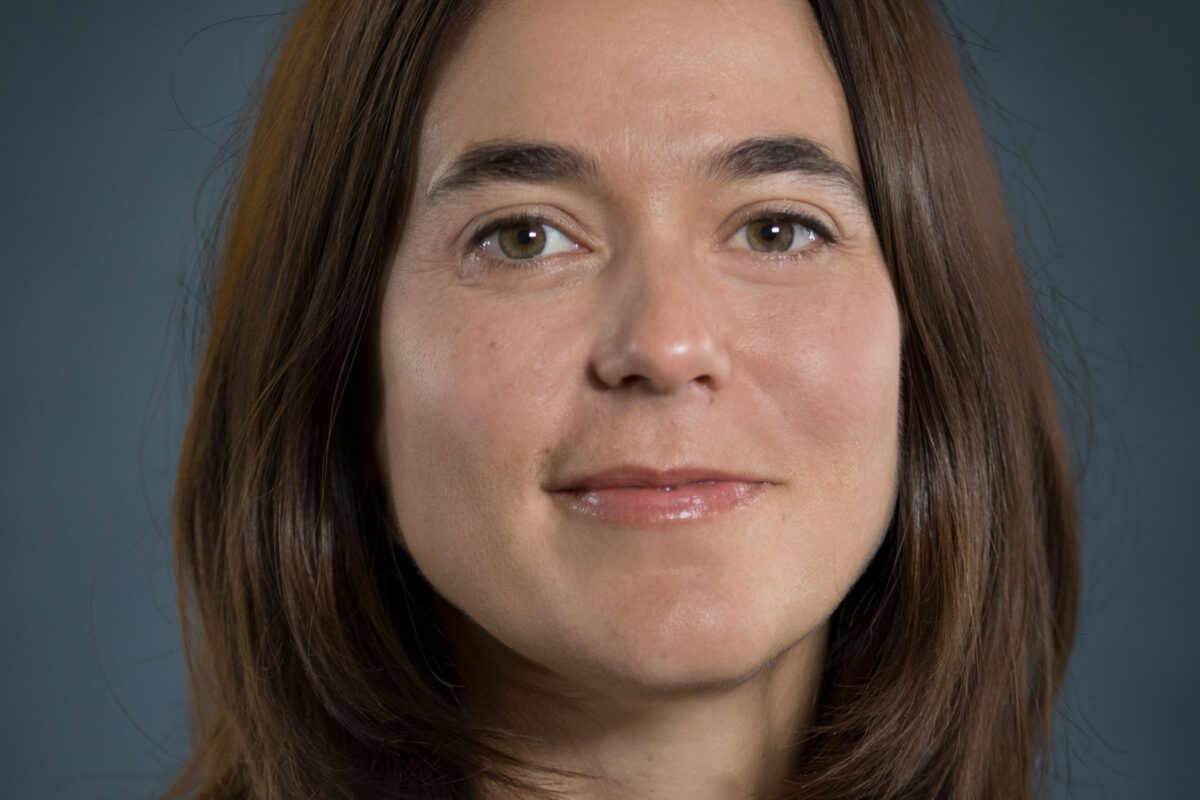The focus of the laboratory is to determine the reasons for differential mouse strain responses to chemical agents that cause birth defects (teratogens). One of the malformations that has been induced by a wide variety of teratogens is postaxial forelimb ectrodactyly (absence of digits with the highest prevalence in the fifth digit then the fourth then the third, etc.) which occurs preferentially on the right limb as opposed to the left limb. This malformation has been produced in mice with acetazolamide, cadmium, carbon dioxide, dimethadione, diphenylhydantoin, ethanol, hyperthermia, retinoic acid (13-cis- and all-trans-) and valproic acid. These compounds include many documented human teratogens. In all cases where both the C57BL/6 and SWV mouse strains have been examined with these agents, the C57BL/6 strain is highly susceptible compared to the SWV strain. The goal of our experiments is to determine the reason for this consistent differential susceptibility. Alternatively, several teratogens have been examined in the same two strains for the ability to induce the neural tube defect exencephaly. For this malformation, the relative strain susceptibility is dependent on the specific teratogen. Thus, for some agents the C57BL/6 mouse is more susceptible and for other agents the SWV is more susceptible. Approaches that have been used to generate hypotheses regarding the cause of these strain differences include whole genome scanning followed by positional cloning, gene expression profiling, proteomic analysis, determining synexpression of limb development genes during the embryonic period following administration of the teratogen, and examining other malformations induced by the teratogens when administered at different gestational times that share the same strain susceptibility. Ongoing experiments are designed to determine the reasons for the different strain responses.
I specialise in global reproductive, perinatal and child health, including birth outcomes, neurodevelopment, autism, cognition, and asthma. My work emphasizes the life-course approach, focusing on the early life period as it sets the stage for life long health. My research involves large population studies to examine linkages between prenatal and early life environmental, lifestyle and community factors, and reproductive, childhood and population health. My current research takes place internationally and in California. The overarching aim of my work is creating population based evidence that can impact policies and translate into community based prevention.
“Diet is biobehavioral—it involves both biology and behavior. We’re looking at how diet affects infertility. For some couples, changes in diet might replace their need to pursue expensive assisted reproductive technologies. That would really be something.”
Professor Robbins has been a faculty member at UCLA since 1997. She shares an appointment between the School of Nursing and the UCLA Fielding School of Public Health, Environmental Health Sciences Department. As a member of the Center for Occupational and Environmental Health she has focused her research, teaching and service in the areas of epidemiology, male reproductive health, and occupational/environmental health nursing. Her research couples epidemiologic methods with laboratory-based science, for example, sperm DNA integrity measures related to male reproductive function.
Select Publications:
Cushing LJ, K Vavra-Muser, K Chau, M Franklin, JE Johnston, “Flaring from unconventional Oil and Gas Development and Birth Outcomes in the Eagle Ford Shale in South Texas”, Environmental Health Perspectives (2020) 128(7): 770031-770039, PMCID: PMC7362742, doi: 10.1289/EHP6394
Johnston, J.E., K. Chau, M. Franklin, L. Cushing, “Environmental Justice Dimensions of Oil and Gas Flaring in South Texas: Disproportionate Exposure among Hispanic communities”, Environmental Science & Technology (2020), PMID: 32338877, doi: 10.1021/acs.est.0c00410
Johnston, J., and Cushing, L., “Chemical exposures, health, and environmental justice in communities living on the fenceline of industry”, Current Environmental Health Reports (2020), PMCID: PMC7035204, doi: 10.1007/s40572-020-00263-8
Yang, J., L. Cushing, R. Morello-Frosch, “An Equity Analysis of Clean Vehicle Rebate Programs in California”, Climatic Change (2020) doi: 10.1007/s10584-020-02836-w
Cushing L., Blaustein-Rejto D., Wander M., Pastor M., Sadd J., Zhu A., Morello-Frosch R. “Carbon trading, co-pollutants, and environmental equity: Evidence from California’s cap-and-trade program (2011–2015)”, PLOS Medicine (2018) 15(7): e1002604, PMCID: PMC6038989, doi: 10.1371/journal.pmed.1002604
Cushing, L., J. Faust, L. August, R. Cendak, W. Wieland and G. Alexeeff, “Racial/ethnic disparities in cumulative environmental health impacts in California: evidence from a state-wide environmental justice screening tool (CalEnviroScreen 1.1)”, American Journal of Public Health (2015) 105(11): 2341-2348, PMCID: PMC4605180, doi: 10.2105/AJPH.2015.302643
Cushing, L., R. Morello-Frosch, M. Wander and M. Pastor, “The Haves, the Have-nots, and the Health of Everyone: The Relationship between Social Inequality and Environmental Quality”, Annual Review of Public Health (2015), 18(36): 193-209, PMID:25785890, doi: 10.1146/annurev-publhealth-031914-122646





